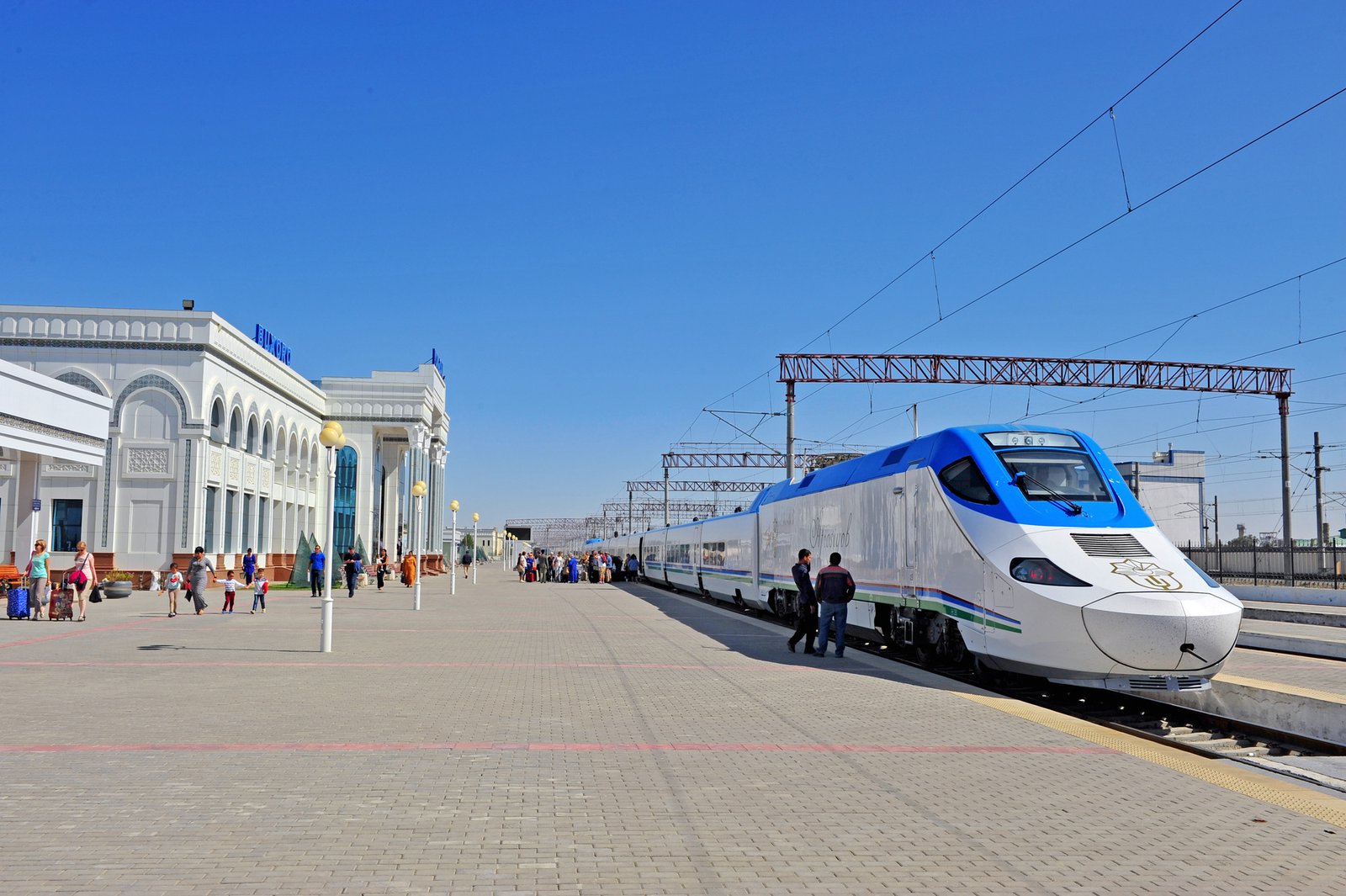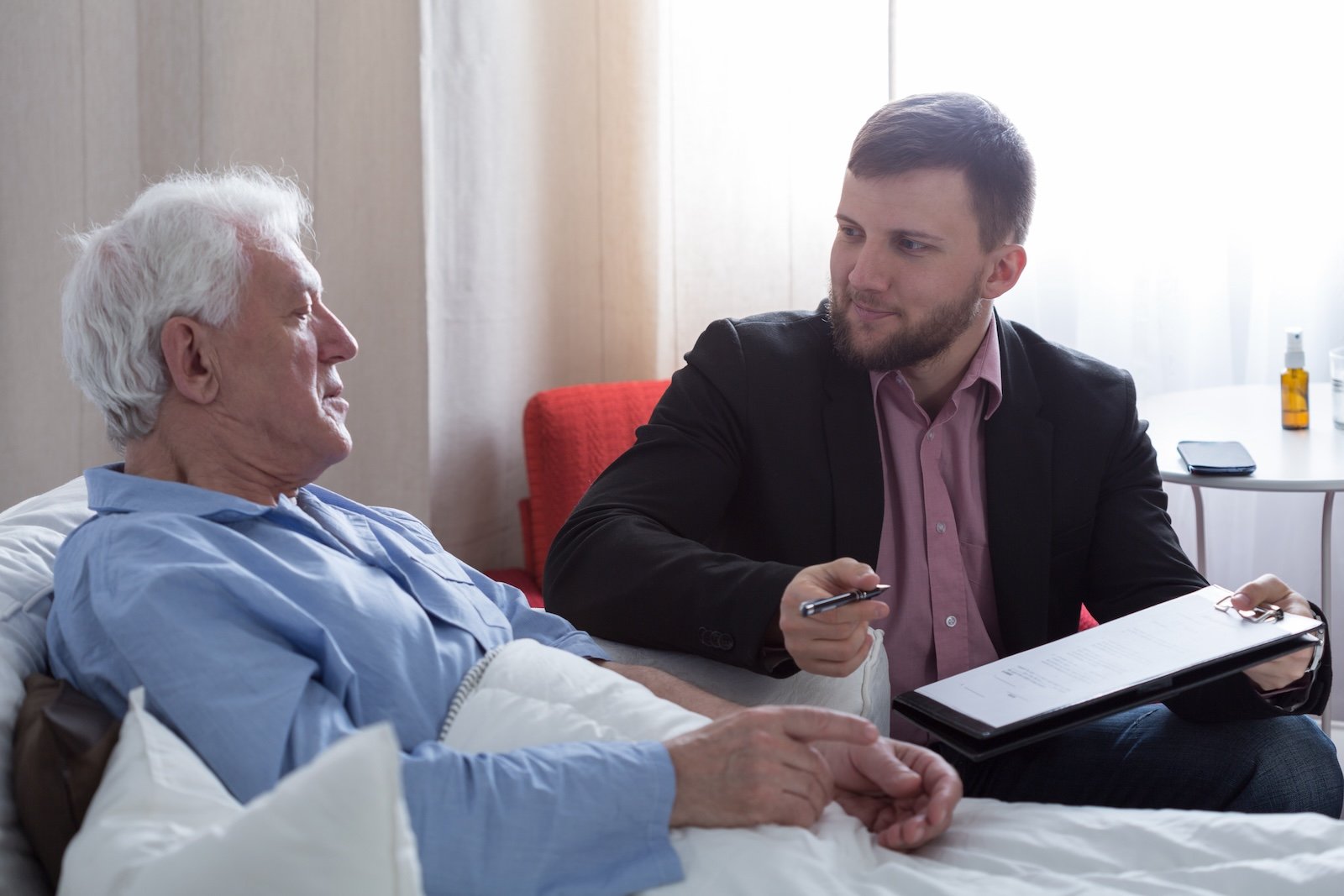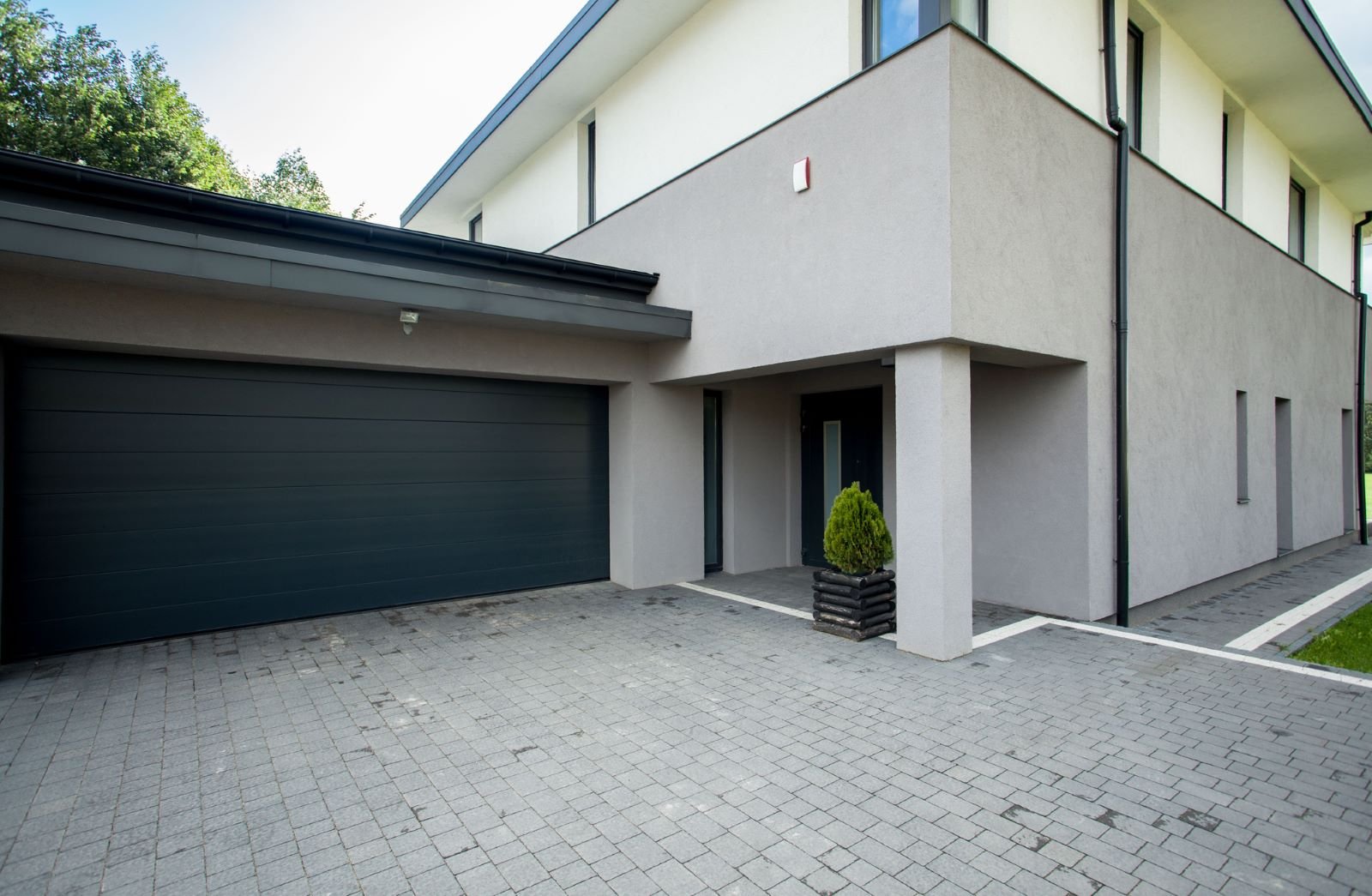In this comprehensive analysis, we’ll dissect the contrasting norms and practices that shape daily life on both sides of the Atlantic. From transportation habits to social etiquette, buckle up as we explore the fascinating intricacies that define these two distinct regions.
Public Transportation Reliance

In many European cities, especially major ones like London, Paris, or Berlin, it’s very common for people to rely heavily on public transportation such as buses, trams, and trains. In the US, especially outside of major cities, reliance on personal vehicles is much more common.
According to Statista Consumer Insights, 73% of Americans use cars to move between home and work. Meanwhile, only 13 percent of the 7,649 respondents use public transportation while 11 percent ride their bike. Compared to this, the percentage of Europeans using public transport and bikes is much higher.
Bidets in Restrooms

Bidets are a standard feature in many European bathrooms, used for personal hygiene after using the toilet. While they’re becoming more popular in some parts of the US, they’re still relatively rare compared to Europe.
In Italy, laws have mandated the inclusion of these fixtures in homes. Compared to this, only about 6% of the population has a bidet.
Cafés as Social Hubs

In Europe, cafés are often more than just places to grab a quick coffee; they’re social hubs where people gather to chat, read, or work. In the US, coffee shops often serve more of a functional purpose, with people grabbing their drinks to go.
Multiple Languages

Approximately 65% Europeans grow up speaking more than one language fluently, often due to the proximity of different countries with different official languages. In the US, while there are bilingual communities, the majority of the population primarily speaks English.
Leisurely Meals

In many European countries, meals are seen as a time to relax and enjoy the company of others. It’s not uncommon for meals to last for several hours, especially during weekends or holidays. In the US, there’s often more of an emphasis on efficiency, with meals tending to be quicker affairs.
Different Attitudes Towards Alcohol

While attitudes towards alcohol vary within Europe, it’s generally more socially acceptable to drink alcohol, even in public places like parks, in many European countries compared to the US, where public drinking laws are stricter.
Besides that, Americans find it weird that kids are usually allowed in the bars and the legal age to drink seems really low at 18 years.
Smaller Portion Sizes

In general, portion sizes for food and drinks tend to be smaller in Europe compared to the US, where larger portions are often seen as better value for money.
Paid Vacation Time

In many European countries, paid vacation time is mandated by law (approx 4 weeks in a year) and tends to be more generous compared to the US, where vacation time is often negotiated between employers and employees and tends to be shorter on average.
Roundabouts

Roundabouts are a common feature on European roads, especially in the UK and mainland Europe, where they are used to manage traffic flow at intersections. While roundabouts exist in the US, they’re less common and may be seen as less intuitive by American drivers.
Higher Taxes, More Social Services

European countries tend to have higher tax rates compared to the US, but they also offer more extensive social services such as healthcare, education, and social welfare programs.
Metric System

While the US officially uses the metric system alongside the imperial system, the metric system is much more prevalent in Europe. This means Europeans are more accustomed to measuring distances in kilometers, weights in grams and kilograms, and temperatures in Celsius, whereas Americans typically use miles, pounds, and Fahrenheit for these measurements.
No Ice In Drinks

In Europe, you need to ask for ice in the drinks. Contrarily, Americans are used to ice in every drink they order.
Not Tipping

When traveling in Europe, while it’s still nice to leave a tip, the custom isn’t as ingrained or as widespread as it is in the United States. In many European countries, tipping isn’t something people anticipate or expect. In fact, a 10% tip is considered generous as opposed to 18-23% in America.
Apartments With No Kitchen

In numerous parts of Europe, particularly in countries like France and Germany, renting an “unfurnished” space entails more than just lacking furniture. It often means that the kitchen will be completely bare, without any appliances, and sometimes even lacking basic fixtures like sinks, flooring, or countertops. People take their kitchen with them.
Paying To Use Bathrooms

In their homeland, one thing Americans tend to take for granted is the availability of free public toilets. However, in Europe, the situation differs. You will need to pay to use the bathroom, somewhere between 0.5 and 1 Euro.
Shoes Outside

Americans wear shoes indoors, even on their beds sometimes. However, in Europe, it’s customary for most people to ask guests to remove their shoes before entering their homes, or sometimes even after stepping inside.


